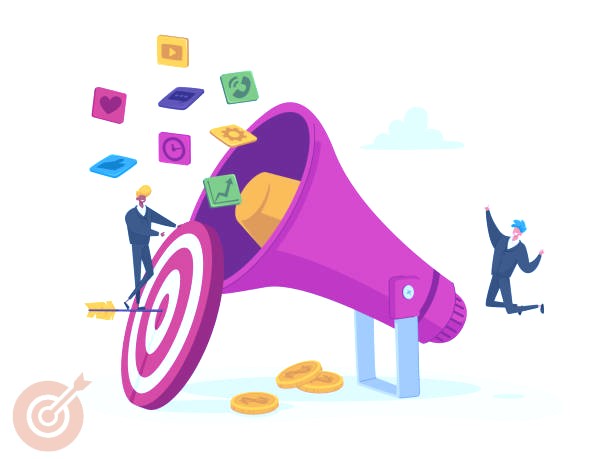
Descubre los principios clave de los UI Designs que harán despegar tu presencia en línea

Why UI Designes are Crucial for Successful Websites
The importance of UI (User Interface) design cannot be overstated when it comes to creating successful websites. UI design refers to the visual layout and elements that users interact with on a website. A well-designed UI can greatly enhance the user experience and ultimately drive more traffic and conversions.
One of the key reasons why UI designs are crucial is that they help establish a strong first impression. When visitors land on a website, they quickly assess its credibility and decide whether to stay or leave. A visually appealing and intuitive UI can capture their attention, instill trust, and encourage them to explore further.
Furthermore, a well-designed UI improves the usability and navigation of a website. Users should be able to easily find the information they are looking for, navigate through different pages, and complete desired actions. By optimizing the UI design, websites can reduce user frustration and increase engagement, resulting in a more positive overall experience.
The Key Elements of Effective UI Designes
Introduction
When it comes to user interface (UI) design, there are certain key elements that play a crucial role in creating an effective and engaging experience for users. A well-designed UI can significantly impact user satisfaction, retention, and even conversions. In this article, we will explore the essential elements of UI design and why they are important for creating a successful digital product.
Simplicity and Clarity
One of the fundamental principles of UI design is simplicity. A cluttered and complex interface can overwhelm users, leading to confusion and frustration. Therefore, **simplifying** the overall design and **communicating** the purpose and functionality clearly are essential. The use of minimalistic layouts, intuitive navigation menus, and concise labels can make it easier for users to understand and interact with the interface.
Clear **visual hierarchy** is another crucial aspect of UI design. By establishing a clear distinction between different elements, such as headings, buttons, and content, users can quickly identify important information and navigate through the interface effortlessly. The **proper sizing and spacing** of elements, along with the use of **contrasting colors**, can help create a visually appealing hierarchy that enhances the overall user experience.
Best Practices for Optimizing UI Designes for SEO
Introduction
When it comes to optimizing UI designs for SEO (Search Engine Optimization), there are several best practices that can greatly improve the visibility and accessibility of your website. In this article, we will discuss some key strategies and tips to help maximize the SEO potential of your UI designs.
1. Responsive Design
One of the most important aspects of optimizing UI designs for SEO is ensuring that your website has a responsive design. This means that your website is able to adapt and provide a seamless user experience across different devices, such as desktops, tablets, and mobile phones. Search engines prioritize responsive websites, as they are more user-friendly and provide a better overall browsing experience.
2. Clear Navigation
A well-structured and easy-to-navigate website is not only important for users, but also for search engines. Ensuring that your UI design includes clear navigation menus and hierarchical page structures can greatly improve the crawlability of your website. Search engines rely on easily accessible links to discover and index your web pages, so it's crucial to make sure your navigation elements are easily identifiable and properly organized.
3. Optimized Images
Images play an important role in UI design, but they can also impact SEO if not optimized correctly. Make sure to use descriptive filenames and alt tags for your images, as these elements provide valuable information to search engines. Additionally, optimizing image file sizes and using responsive images can improve website loading speed, which is another important factor considered by search engines.
4. Keyword Research
Keyword research is essential in SEO, and it should also be considered when optimizing UI designs. By understanding the keywords and phrases that your target audience is using to search for relevant content, you can incorporate them strategically into your UI design elements, such as headings, titles, and meta descriptions. However, it's important to avoid over-optimization and ensure that your content remains natural and user-friendly.
Conclusion
Optimizing UI designs for SEO is a continuous process that requires a combination of technical expertise and a user-centered approach. By following these best practices, you can improve the visibility and accessibility of your website, ultimately driving more organic traffic and conversions. Remember to regularly monitor and update your UI design strategies to stay ahead in the ever-evolving world of SEO.
Si quieres conocer otros artículos parecidos a Descubre los principios clave de los UI Designs que harán despegar tu presencia en línea puedes visitar la categoría Diseño.





